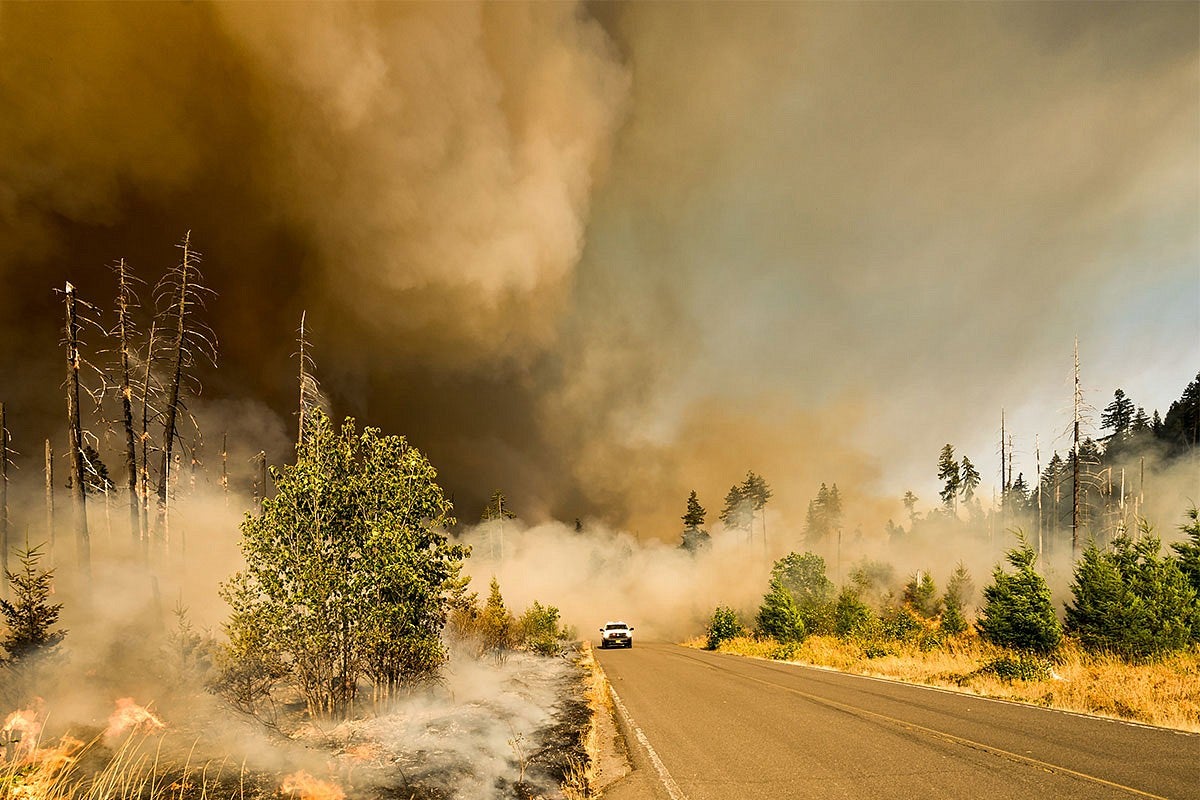
Devastating wildfires are making headlines every day, from the Bootleg Fire in Southern Oregon to the fires sweeping through the Greek islands.
Professor of Landscape Architecture Bart Johnson is pushing beyond these tragic headlines and providing a practical guide for communities to prepare for and build resilience in the face of these environmental crises. Since 2019, Johnson has led a team of investigators from four universities to study wildfire-prone areas in the Western U.S.
“How can people prepare for a future that’s unlike anything their communities have ever experienced?” That is the question that Johnson and co-author Professor David Hulse answer in their article “3 Wildfire Lessons for Forest Towns as Dixie Fire Destroys Historic Greenville, California” in The Conversation.
“Western wildfires are getting more extreme, but in many cases landowners and communities may be able to dramatically reduce the damage,” they wrote.
Their research team of landscape architects, ecologists, social scientists, and computer scientists have been testing simulation modeling to explore and test how forest management and rural development could reduce or amplify wildfire risks in coming decades.
Johnson and Hulse have outlined three key strategies for communities to reduce losses including preparing for uncertainty; choosing treatments like reducing forest density wisely; and managing rural development.
Read about Johnson’s wildfire resiliency strategies in full at The Conversation.
